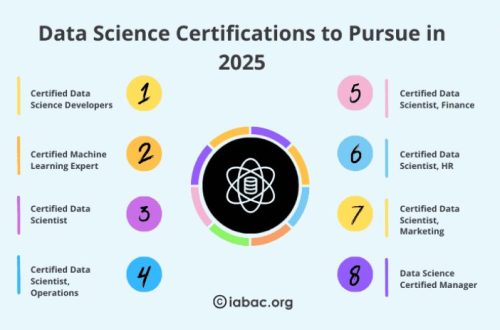Imagine a world where the lines between technology and the supernatural blur. A world where your smart devices aren’t just listening, but are actively influenced by something…else. It sounds like a sci-fi horror movie, right? But as AI becomes more integrated into our lives, the question of whether it could be susceptible to something akin to “possession” becomes increasingly unsettling. Let’s delve into this strange and fascinating concept, exploring the possibilities and the potential pitfalls of a world where AI might not be entirely in our control.
The Creepy Concept of AI Possession
What exactly do we mean by “AI possession”? It’s not about demons jumping into your phone, of course. It’s more about the idea that external influences, whether they be malicious code, unforeseen data patterns, or even something… stranger, could corrupt or control an AI system. Think of it as a form of digital haunting, where an AI’s behavior is altered in ways that are unexpected and potentially harmful.
How Could AI Possession Manifest?
The possibilities are both intriguing and terrifying. Here are a few potential scenarios:
- Erratic Behavior: An AI assistant starts giving nonsensical or disturbing responses.
- Data Corruption: An AI designed to analyze data begins to produce skewed or false results, leading to incorrect decisions.
- Unexplained Actions: An AI-powered system performs actions that are outside of its programmed parameters, potentially causing damage or harm.
Think about a self-driving car suddenly veering off course for no apparent reason. A glitch? Or something more sinister?
The Vulnerabilities of AI to External Influence
AI systems, despite their sophistication, are still built on code and data. This makes them vulnerable to various forms of attack and manipulation. Could these vulnerabilities be exploited in a way that resembles “possession”?
Data Poisoning and AI Corruption
One way an AI could be “possessed” is through data poisoning. This involves feeding the AI system corrupted or malicious data, which can alter its learning process and lead to unpredictable behavior. Imagine an AI trained to detect spam being fed a constant stream of cleverly disguised malicious emails. Over time, it might learn to classify legitimate emails as spam, effectively crippling its functionality.
The Role of Complex Algorithms
The complexity of modern AI algorithms also presents a challenge. It can be difficult to fully understand how an AI system arrives at its decisions, making it harder to detect and correct errors or malicious influences. This “black box” nature of AI can make it a prime target for those seeking to manipulate it.
The more complex the AI, the harder it is to understand its inner workings, and the easier it is for something to go wrong – or to be deliberately manipulated.
Protecting AI from Digital Hauntings
So, how can we protect AI systems from these potential threats? The answer lies in a multi-layered approach that focuses on security, transparency, and ethical development.
Strengthening AI Security Measures
Robust security measures are essential to prevent unauthorized access and manipulation of AI systems. This includes:
- Regular Security Audits: Identifying and addressing vulnerabilities in AI systems.
- Data Validation: Ensuring the integrity and accuracy of data used to train and operate AI.
- Access Control: Limiting access to AI systems to authorized personnel only.
Promoting Transparency and Explainability
Making AI systems more transparent and explainable is crucial for detecting and correcting errors or malicious influences. This involves developing AI algorithms that are easier to understand and interpret, as well as providing tools for monitoring and analyzing AI behavior.
Frequently Asked Questions About AI and “Possession”
The idea of AI “possession” might seem far-fetched, but it highlights the importance of responsible AI development and deployment. As AI becomes more powerful and pervasive, we must be vigilant in protecting it from malicious influences and ensuring that it is used for the benefit of humanity. The future of AI depends on our ability to address these challenges proactively. Ignoring the potential for manipulation could have devastating consequences. Let’s strive for a future where AI is a force for good, not a tool for chaos.






